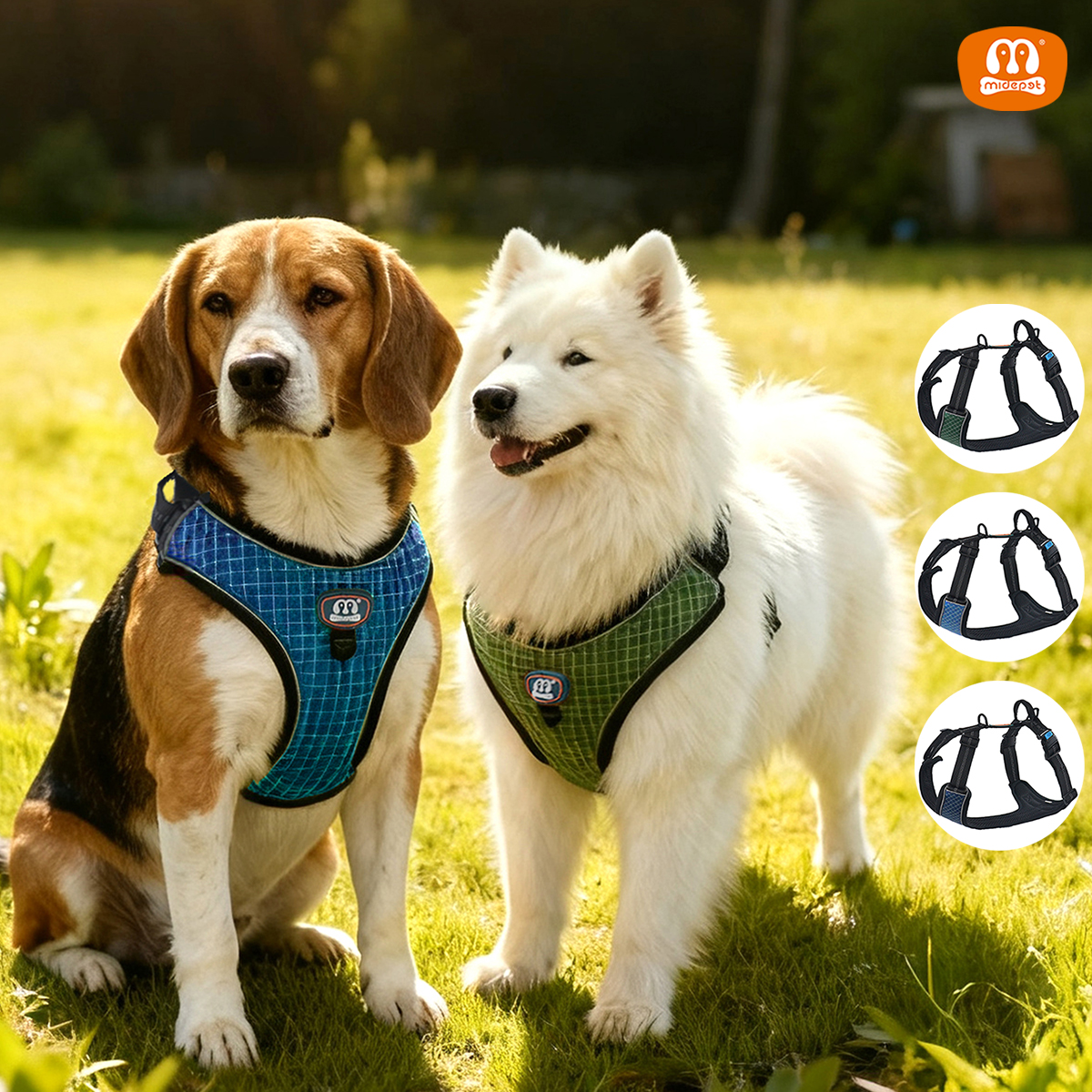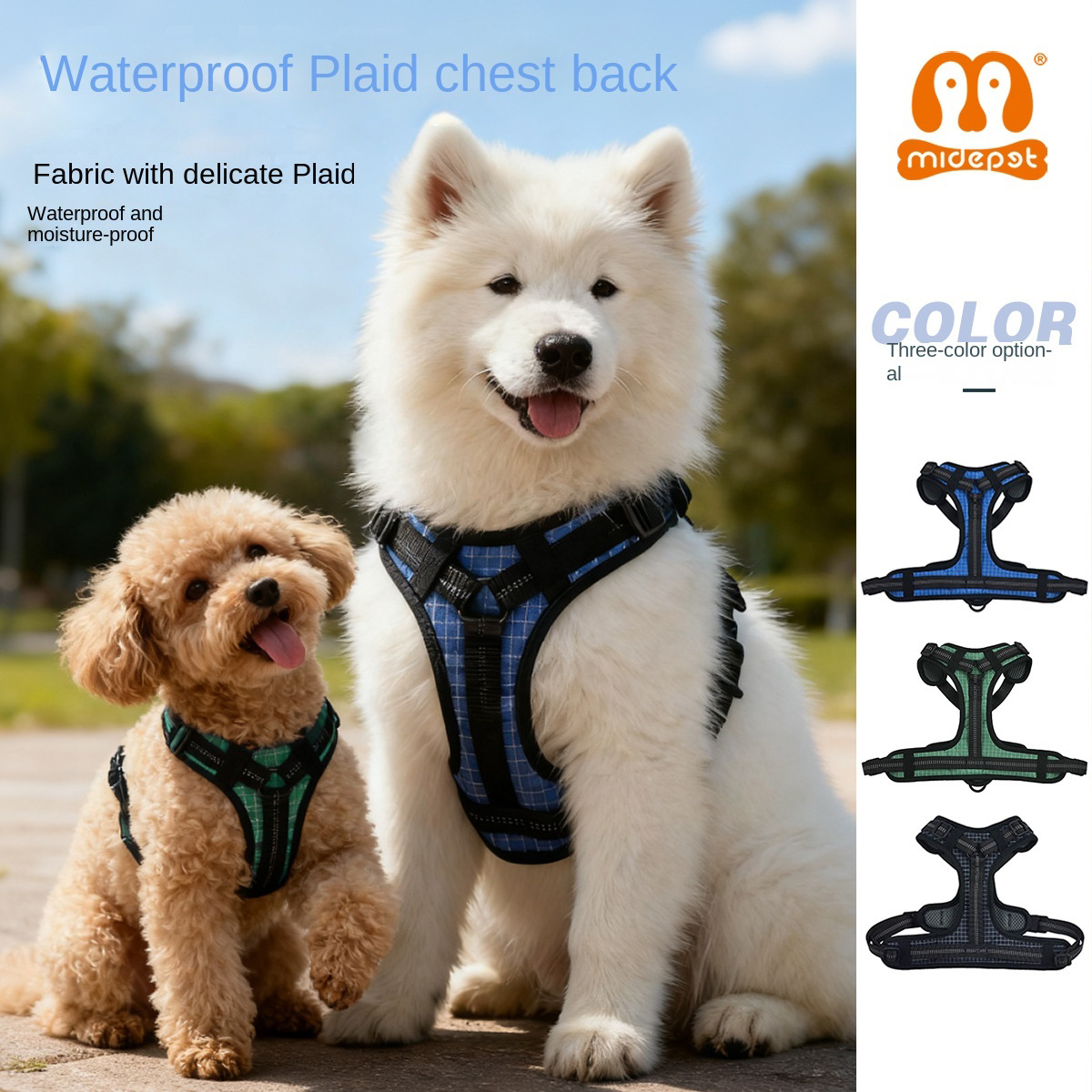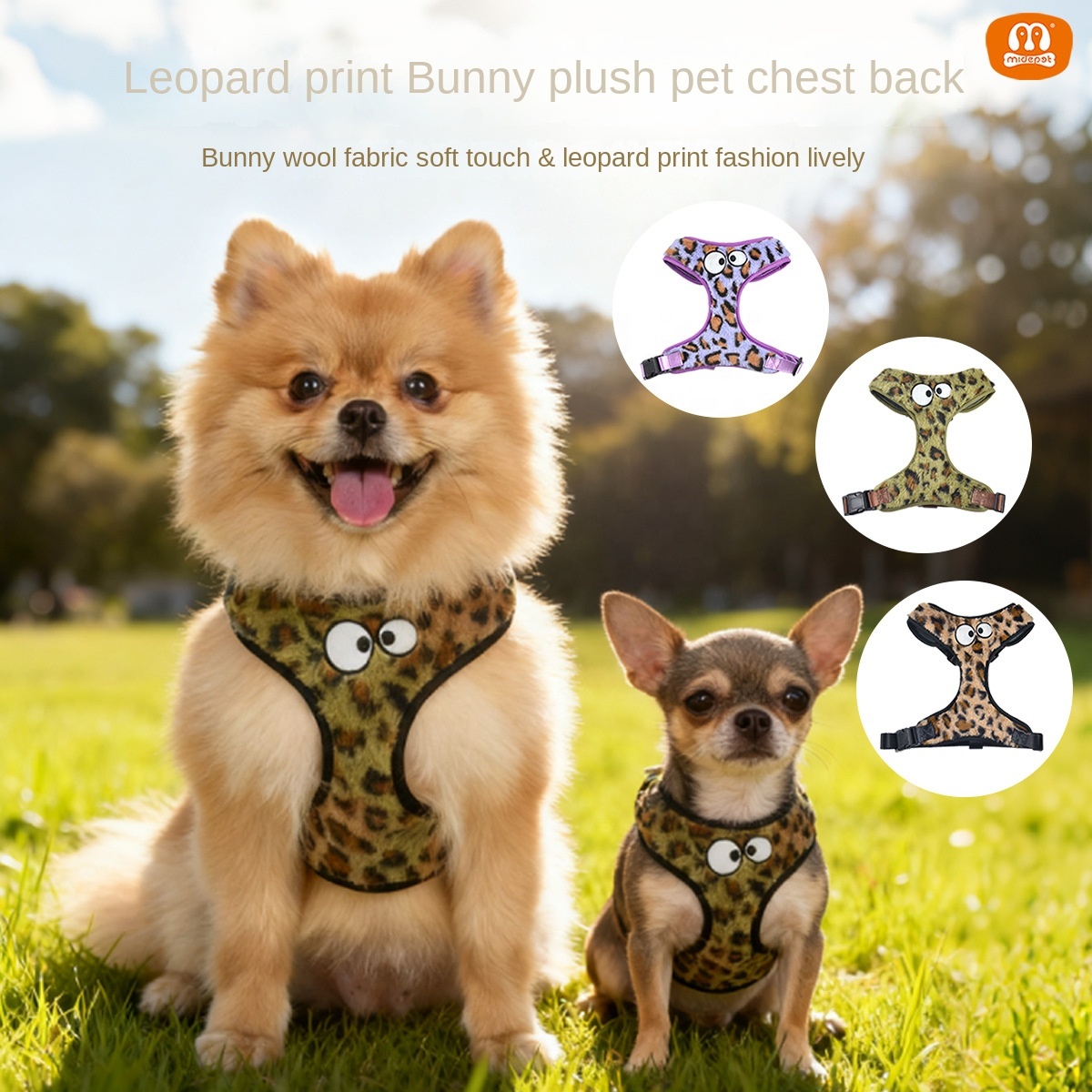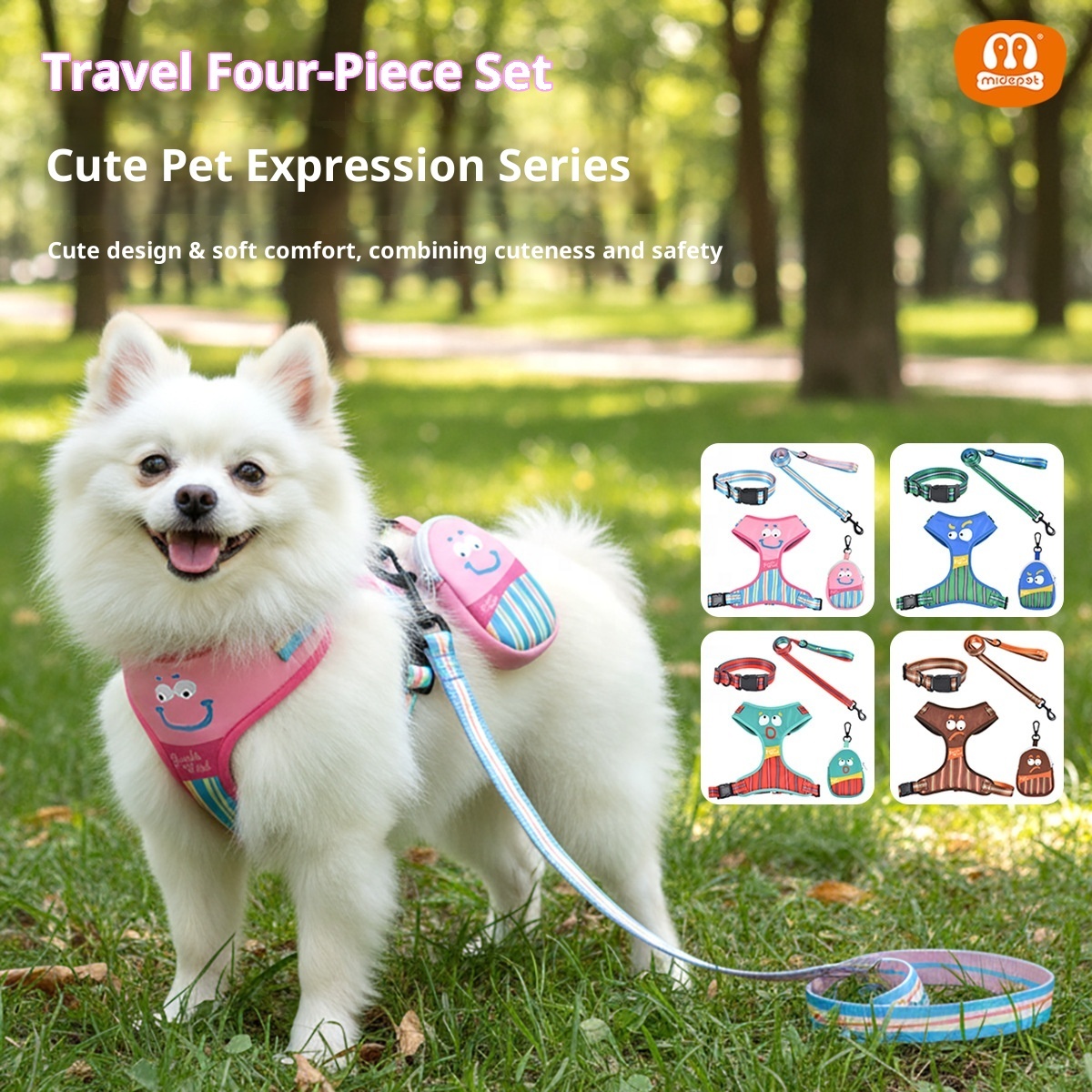How Do You Train Your Dog Not to Bite
How Do You Train Your Dog Not to Bite: A Step-by-Step Guide
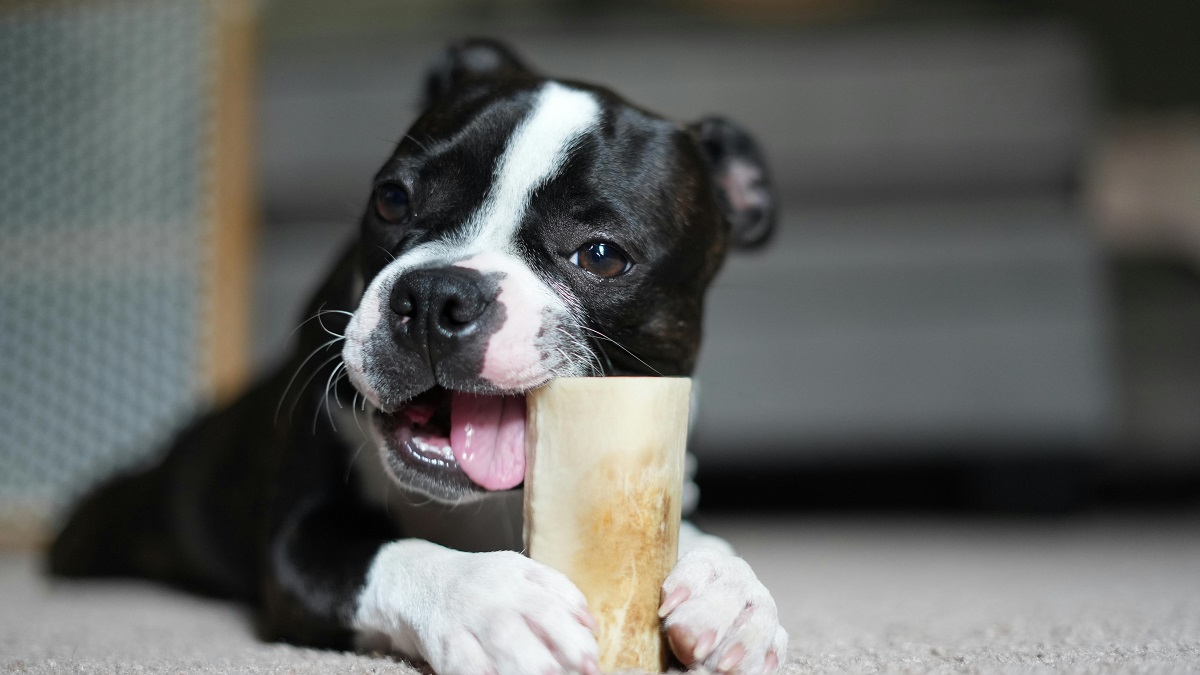
Biting is a common behavior in dogs, especially during their puppy phase. While it might seem playful at first, it's essential to train your dog not to bite to prevent future problems. Whether you're dealing with a young pup or an adult dog, teaching them proper behavior can be a rewarding experience. Let’s explore how to stop a dog from biting and ways to handle a protective dog that may be more prone to nipping.
1. Why Do Dogs Bite?
Dogs bite for various reasons, including play, fear, or protection. Puppies often bite as part of exploring their world, while adult dogs may bite out of fear or to protect their owners. Understanding why your dog bites can help you approach training more effectively.
2. How to Stop a Dog from Biting
The key to training your dog not to bite is consistency and patience. Here are some steps to help curb this behavior:
Redirect the Behavior: When your dog starts to nip, provide it with a toy or chew bone. This teaches it that biting objects is okay, but biting people is not.
Use Positive Reinforcement: Reward your dog when it plays gently without using its teeth. Treats, praise, and affection go a long way in reinforcing good behavior.
Set Clear Boundaries: If your dog bites during play, immediately stop and ignore it for a few moments. This helps it understand that biting ends the fun.
3. How to Stop a Protective Dog from Biting
Some dogs are naturally protective and may bite to defend their owners or territory. This behavior needs to be addressed carefully, as it can escalate if not handled properly.
Socialization: Expose your dog to various situations and people so it becomes less anxious and aggressive. Gradually introduce it to strangers in controlled environments.
Training Commands: Teach commands like “sit,” “stay,” or “leave it.” These commands help divert its attention and manage its protective instincts.
Consult a Professional: If your dog shows signs of aggression or bites out of protection, it might be time to seek help from a professional trainer who specializes in behavior modification.
4. My Dog Bit Me – What Now?
If your dog bites you, it's important not to panic. Assess the situation to determine why it bit. Was it out of fear, pain, or because it was startled? Once you’ve identified the cause, you can address the issue accordingly.
Stay Calm: Yelling or hitting your dog can make the situation worse. Instead, give it space and try to understand what triggered the bite.
Training and Patience: Training will take time. Continue using positive reinforcement and practice commands that encourage calm behavior.
5. Why Do Dogs Like to Play Bite Other Dogs' Faces?
Play biting is a natural behavior between dogs, especially when they're socializing. It's a way for dogs to interact, establish boundaries, and burn off energy. However, if the play becomes too rough, it's important to intervene and redirect their attention.
Supervise Playtime: Ensure that play biting between dogs doesn’t escalate into actual aggression. Monitor their interactions and step in if needed.
Teach Bite Inhibition: Bite inhibition is the process where dogs learn to control the force of their bite. If a dog bites too hard during play, the other dog may yelp, signaling the bite was too much. This teaches dogs to be more gentle.
Final Thoughts
Training your dog not to bite takes time, effort, and understanding. By redirecting its behavior, using positive reinforcement, and ensuring proper socialization, you can significantly reduce biting incidents. For more protective dogs, taking extra steps to manage their instincts is crucial. If you're ever in doubt, don't hesitate to reach out to a professional for help



